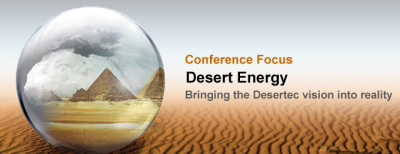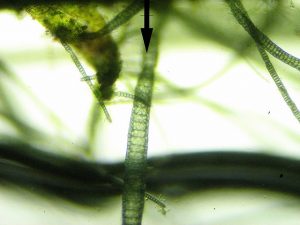 With an abundant Nile flowing through it, people in Cairo wonder about industrial pollution dumping affecting their health, and future.
With an abundant Nile flowing through it, people in Cairo wonder about industrial pollution dumping affecting their health, and future.
A common question asked by visitors to Cairo is “can I drink the tap water?” Many Cairenes have no problems with drinking the water. The Nile River is Cairo’s main source of water and begins in Burundi and Uganda passing through the Sudan, where it joins up with the Blue Nile, whose origins are in Ethiopia before flowing onto Egypt.
How pure is the water once it reaches Cairo?
“Of course I drink the tap water at home,” 21-year-old student Esra Mohamed, a resident of Giza said, surprised at the question.
Some travel websites report Cairo’s water is over chlorinated, while others say it has a high concentration of bacteria. What’s going on?
A recent report from 2008 published be the Water and Environmental Journal says the quality of tap water “in Maadi-Cairo satisfied most Egyptian and international water quality standards” over a two year study. It did however note that seasonal variations saw different levels of coliform bacterium due to rising and falling water temperatures. The majority of treated samples tested recorded an acceptable amount of bacterium.
From a conference on Middle Eastern Studies titled “Cairo: A Mega-City and its Water Resources”, before reaching Cairo, mostly untreated domestic, agricultural and industrial wastewater is put into the Nile downstream.
Around 35 major factories use the Nile as a dumping ground for industrial waste and drainage water full of fertilizers and pesticides flow into the river from agriculture.
Industrial wastewater accounts for the Nile’s main source of water pollution and is driving up the cost of water purification. Independent findings of Greater Cairo’s water treatment plants have reported heavy metals such as lead, cadmium and copper were high in water taken from the Nile, however after treatment heavy metal levels were reduced sufficiently to meet World Health Organization’s international standards.
An unnamed official that trained in Sostat, Cairo main water treatment plant said when water quality was compared to commercial bottled water found in shops; tap water was of equal quality to most brands. Schweppes and Nestle had the best quality of water, with the lowest amount of bacteria, while brands like AQUA and Hayat use a treatment method known as osmosis, using oxygen to purify water. But oxygen is taken from the atmosphere rather than purified air, and the air from the atmosphere has a high level of nitrogen, which helps bacteria to grow.
While Cairo’s tap water is heavily treated the issue is Egypt’s wastewater and its treatment, as wastewater is dumped into the Nile. Because of this concerns are growing as to the quality of Cairo’s tap water in the future.
Gabal al-Asfar is a wastewater treatment plant in Cairo and has recently received a boost of 53.3 million from the African Development Bank. Wastewater will be chlorinated before being released. The Ministry of Water Resources and Irrigation’s web site concedes reducing effluent will be one of its greatest challenges for the future.
“The water is okay now, but what about the water in the future for my children?” asks Yasmine, a student studying to be a tour guide. With Egypt’s population set to rise from the current 82 and a half million to close to 100 million by 2026, waste and pollution is also set to rise, and for the 43 towns on the Nile with populations over 50,000, this will be a problem.
More green news from Cairo:
Cairo’s Green Lung – Al Azhar Park
Egypt’s Climate Plan for the Nile Delta Region
Cautious Optimism for Solar Conference in Cairo
Story by Josh Stump
Above image via pareeerica



